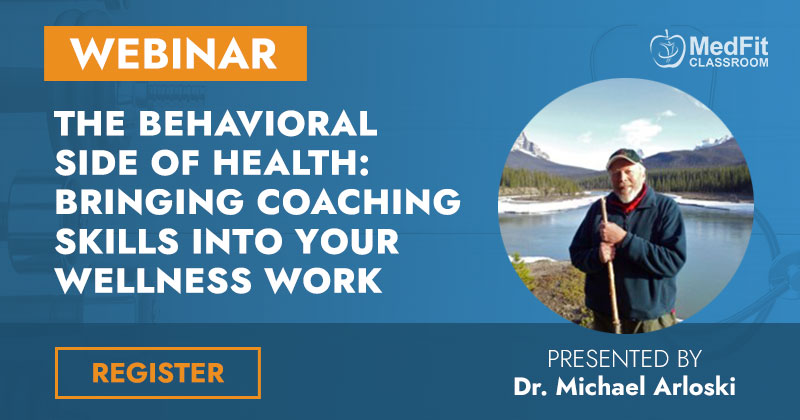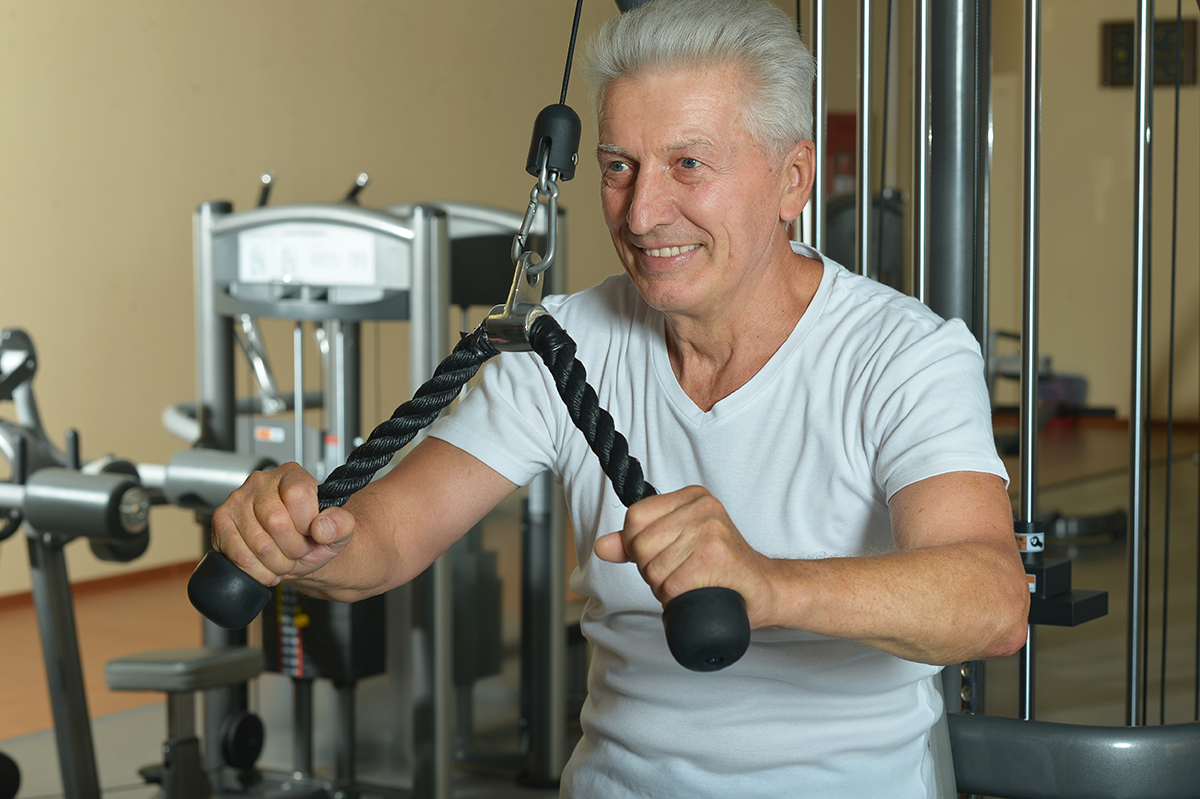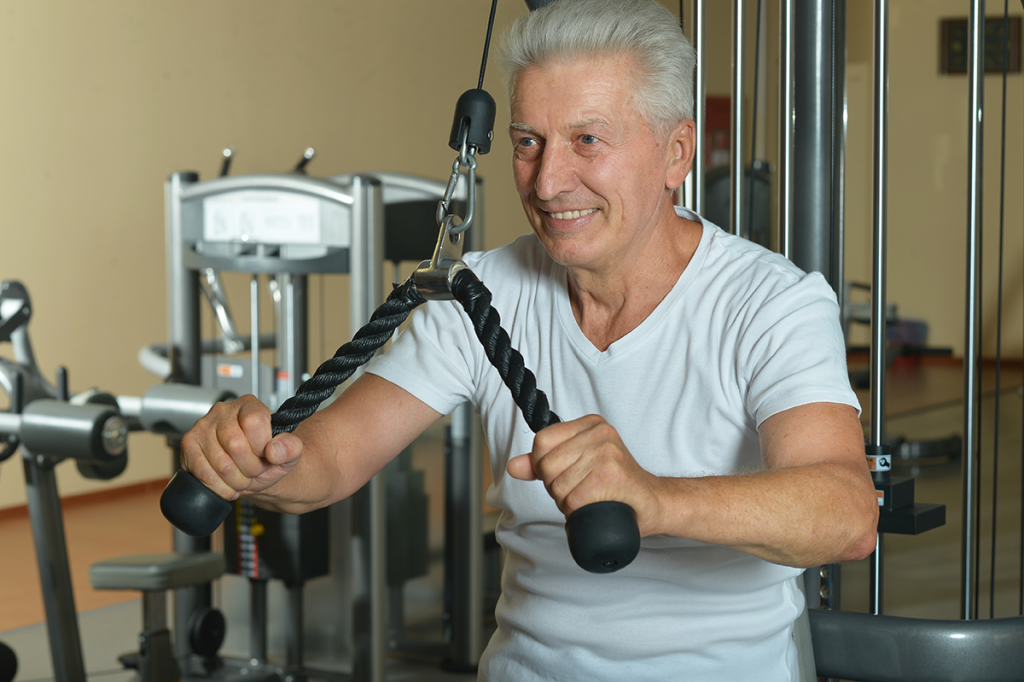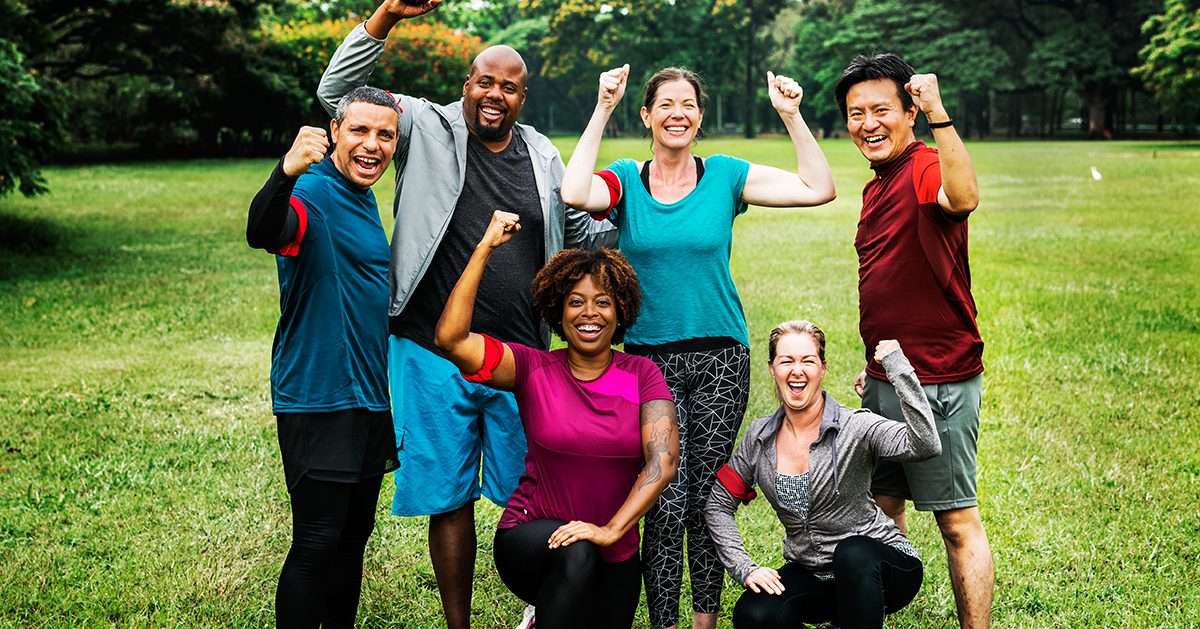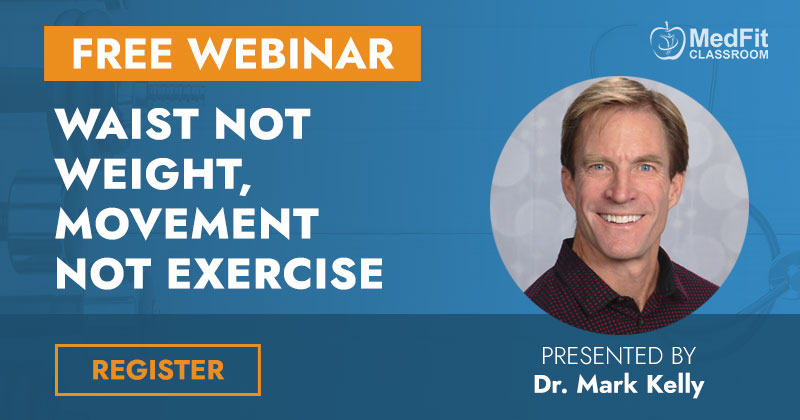The What, the How and the Why of Lifestyle Improvement
Health and wellness folks are sometimes confused about the role each professional might play in helping individuals to live their best life possible. Our clients are seeking to be healthier by losing weight, managing stress, stopping smoking, becoming less isolated, and often, managing a health challenge of some kind. To do so they need excellent wellness information, great treatment (if that is called for) and a way to make lifestyle changes that will ensure lasting success. So, who is responsible for what?

Fitness trainers, rehabilitation therapists, physical therapists, dietitians, various treatment professionals and health educators can help their clients/patients to know what lifestyle behavioral changes will move them towards improved health and wellbeing. What we often hear from these medical and wellness pros is frustration with a lack of success on their client’s part in making the recommended changes and making them last. The reality is, most people simply don’t know that much about how to change the ingrained habits of a lifetime.
The physical therapist works with their client in their session and sends them home with exercises that must be done every day. The dietitian creates a fantastic meal plan that their client must put into practice. The fitness professional creates a tailor-made workout plan, but their client needs to exercise on their own, not just in front of their trainer.
Health educators, treatment professionals, etc. provide the
WHAT
Health and Wellness Coaches provide the
HOW
Our Clients find their
WHY
Everyone’s challenge is the how. It takes more than willpower and motivation. What is often lacking is an actual well-thought-out plan that the client has co-created with the help of someone who can provide support, accountability and a well-developed behavioral change methodology. Translating the lifestyle prescription into action and fitting it into an already busy life is often where, despite good intentions, our clients struggle. This is where having a trusted ally in the cause of one’s wellness pays off.
As the field of health and wellness coaching grows, the challenge coaches sometimes face is clarity about their own role. Sometimes the confusion is all about the what and the how. For coaches to be proficient at “writing” the lifestyle prescription they need additional qualifications. It becomes a question of Scope of Practice.
 To guide coaches, the National Board for Health and Wellness Coaches (NBHWC) has developed a Scope of Practice Statement. Here is the part most relevant to our question:
To guide coaches, the National Board for Health and Wellness Coaches (NBHWC) has developed a Scope of Practice Statement. Here is the part most relevant to our question:
“While health and wellness coaches per se do not diagnose conditions, prescribe treatments, or provide psychological therapeutic interventions, they may provide expert guidance in areas in which they hold active, nationally recognized credentials, and may offer resources from nationally recognized authorities such as those referenced in NBHWC’s Content Outline with Resources.” (NBHWC)
If coaches can “wear two hats” professionally they can combine the what and the how. Otherwise, the key is to coordinate with other wellness professionals or work with the lifestyle prescription that their client already has.
Beyond the what and the how is the why. The “why” of behavior is all about motivation – initiating and sustaining behavioral change efforts by drawing upon the energy and desire to do so. The key here once again is the question of who is responsible for supplying this. People may initiate behavior based upon external motivation – the urging and cheering on of others, the fear of negative outcomes. In order to sustain that motivation, it has to come from within. The challenge here for all wellness professionals is to help our clients to discover their own unique sources of motivation. Seasoned wellness professionals realize they can’t convince or persuade anyone to be well. However, when we help our clients discover their own important sources of what motivates them, they discover their why. Motivation is fuel. Now with the aid of a coach our clients can find the vehicle to put in. They know what they need to change. Now they have a way to know how to change and grow, and they know themselves, why.
Webinar with Dr. Arloski
Join Dr. Arloski for The Behavioral Side of Health: Bringing Coaching Skills Into Your Wellness Work.
All wellness professionals want their clients to succeed at becoming as healthy and well as possible. For them to do so requires the expertise your bring from your profession as a fitness trainer, dietician, therapist, etc., and a way for your clients to follow through on your recommendations and live a wellness lifestyle. That’s where the skills of coaching come in.
Michael Arloski, Ph.D., PCC, NBC-HWC is CEO and Founder of Real Balance Global Wellness Services, Inc. Dr. Arloski is a pioneering architect of the field of health and wellness coaching. He and his company have trained thousands of coaches around the world.


